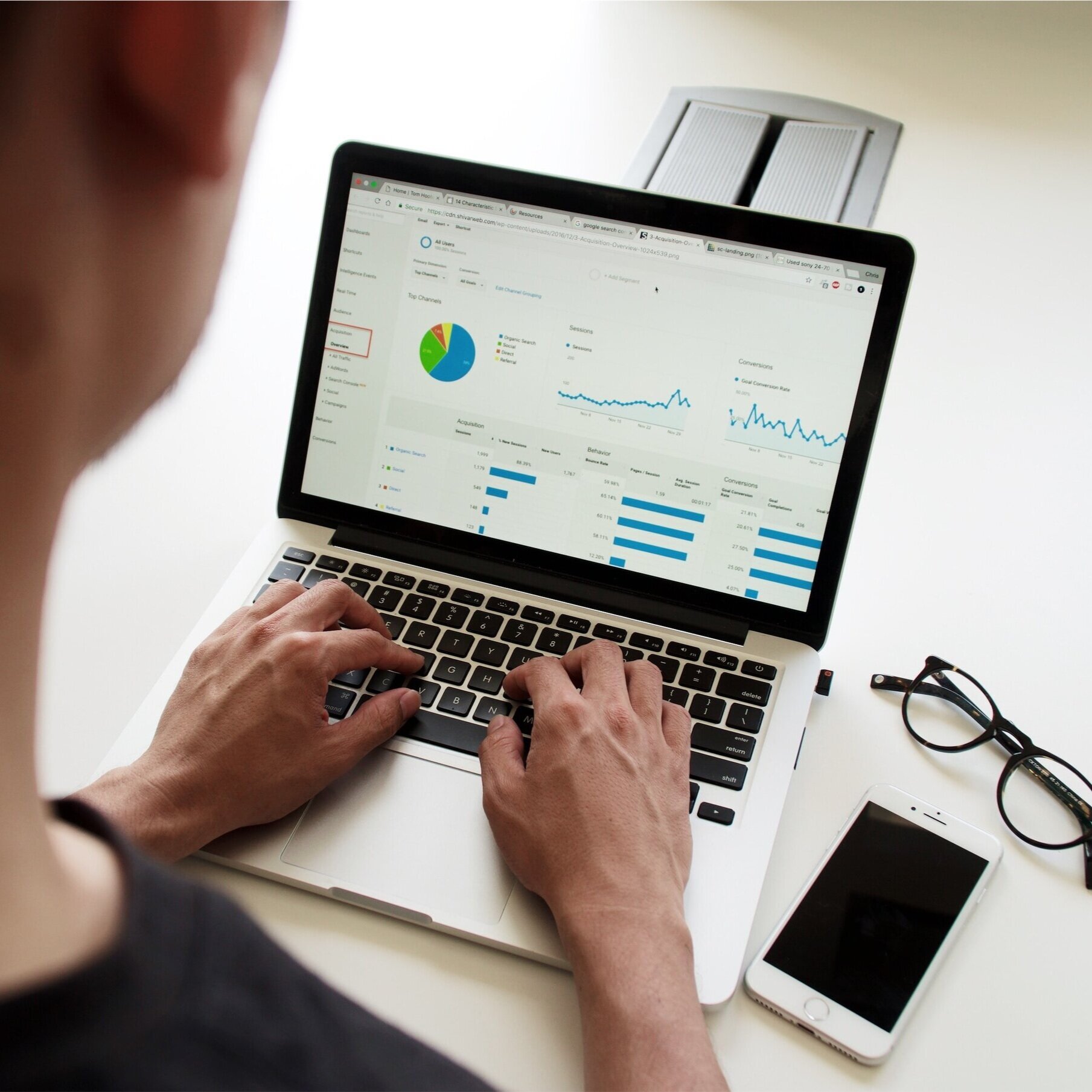Why a Resource Library?
“What do you mean by social innovation?”
“Who has experience using human-centred design in Alberta?”
“Where can I go to learn more about…?”
Social innovation can be a confusing field to navigate. We hope the definitions, resources, and examples below will begin to answer a few of the questions you may be holding. We recognize that many different definitions exist for the terms below, and that the resources and examples below are far from exhaustive.
How We Define Social Innovation
By social innovation, we mean any initiative or process that changes, or has the potential to change, the system dynamics that created a problem in the first place. This definition is adapted from Frances Westley; learn more and find her full definition here.
Another term we often use is changemaker. We use this to refer to anybody who is working towards improved outcomes for people or the planet.
Resource for Anti-Racism
We are aware that reading and talking without deliberate action is not helpful, and we will continue to work on ensuring we take deliberate action. We know that ‘book clubs’ aren’t helpful, so while the action to take with this list of lists is to read and share, we encourage you to join us in cultivating the habit, of asking yourself, ‘what can I do in my projects to be inclusive and break down harmful systems?’
Developmental Evaluation
Developmental Evaluation (DE) is an evaluation approach that can help changemakers test and improve social change initiatives in complex or uncertain environments. Developmental evaluators compare their role to the role of research & development in private sector product development process because it facilitates real-time, or close to real-time, feedback. It provides a continuous feedback loop while a new approach is being tested to address a complex problem. Definition adapted from BetterEvaluation.org.
Human-Centred Design
A creative approach to problem solving. Human-centred design consists of three phases: inspiration (learning directly from the people you’re designing for), ideation (making sense of what you’ve learned, identifying opportunities for design, and generating possible solutions), and implementation (testing and eventually adopting new ideas / solutions). Definition adapted from IDEO’s Design Kit.
INDIGENOUS INNOVATION
Indigenous innovations are a unique type of social innovation continually informed by the application of indigenous knowledge to promote the resurgence of Indigenous knowledge and practices, as guided by the wisdom of the ancestors. Definition from the University of Waterloo.
Social enterprise
Organizations that employ market-based strategies to accomplish a social or environmental mission. Like conventional businesses, social enterprises can provide goods or services (or both), and can operate in any number of sectors. They also take a variety of forms: they can be structured as a for-profit or non-profit organization, a co-operative, a mutual organization or a social business. Definition adapted from MaRS.
Social finance
Tools that seek to mobilize private capital for the public good. Social finance creates opportunities for investors to finance projects that benefit society and for community organizations to access new sources of funds. Definition from the Government of Canada - Employment and Social Development Canada.
Social Innovation
Any initiative or process that changes, or has the potential to change, the system dynamics that created a problem in the first place. Definition adapted from Frances Westley.
SOCIAL INNOVATION IN CORPORATE AND PUBLIC SECTORS
We don’t define social innovation any differently when it takes place within corporate and public sectors; however, given that these settings tend to be larger and more bureaucratic compared to smaller nonprofits and enterprises, innovation sometimes shows up differently or requires different skillsets. Here we offer some examples and resources for aspiring innovators who work within corporate or public sector.
Social innovation labs
Intense meetings of diverse groups of people who are searching for break-through solutions to serious problems. Some labs run over days and others have ongoing gatherings and activities that last for years. Definition adapted from Social Innovation Primer.
SOCIAL PROCUREMENT
Leveraging money that will already be spent on contracts by governments, private companies or nonprofits to also further a social good. This often involves buying contracts for goods and services from social enterprises with the intention of making a positive social impact (such as job creation for a historically disadvantaged community). Definition from David LePage of BuySocial Canada.
SOCIAL RESEARCH AND DEVELOPMENT
Planned creative work aimed at discovering new knowledge or developing significantly improved programs, processes, goods and services. Definition from Social R & D Community.
SYSTEMS THINKING
A term used to describe a perspective and a set of methods and tools that make it possible to look at the full extent of a system, rather than at fragments or parts. Taking a systems approach, it becomes clear that messy, longstanding problems are created by the systems in which they exist. To innovate on these problems, it’s necessary to find ways to see, understand and use the system itself. Definition from the Social Innovation Generation.












